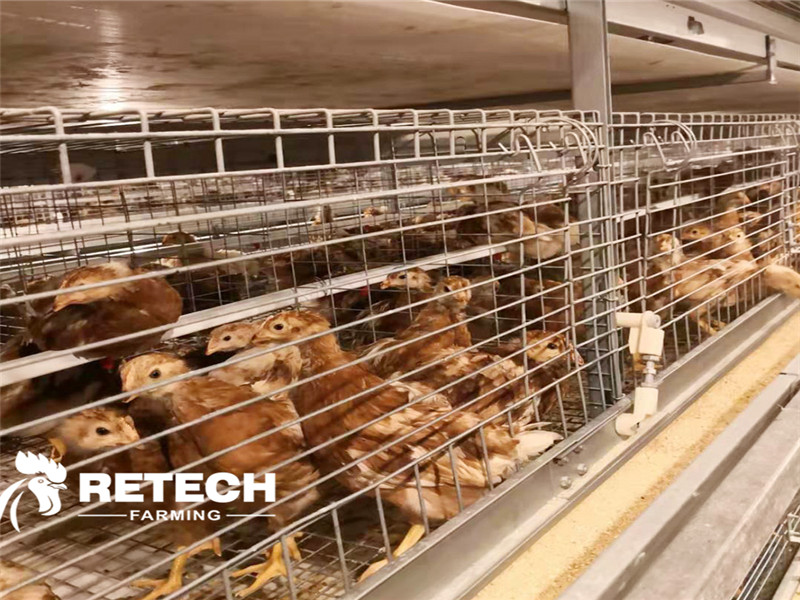The current market situation of the aquaculture industry is so miserable and appalling. If you raise it well, you will pay less, and if you raise it badly, you can lose money. Many farmers give up farming and go out to work. The breeding chicks industry has entered winter now, and someone must be frozen, which is also impossible. And the only thing we can do is to wait and wait for the arrival of spring.
The temperature gradually rises in spring, which is the peak season for brooding chicks. In order to improve the survival rate of chicks, the top ten brooding levels should be strictly controlled.

brooding chicks
1.Disinfection.
First clean and rinse the chicken coop thoroughly, then fumigate and disinfect, close the doors and windows for 12 to 24 hours, and then open the doors and windows for ventilation. All utensils are cleaned and disinfected with 0.2% potassium permanganate solution. After completing these tasks, the brooding chicks can be brought into the room.
2.Drinking water off.
Before the chicks start to eat, they should first be given drinking water. In the first few days, one ten thousandth of potassium permanganate can be added to the drinking water to disinfect the drinking water, clean the stomach and intestines, and promote the excretion of the chicken’s meconium.
After long-distance transportation of chicks, about 5% glucose can be added to the drinking water to help eliminate fatigue and restore physical strength as soon as possible. The drinking water used should be pre-warmed, so that the water temperature is basically the same as the room temperature for nurturing.
3.Open the food switch.
Chicks can start eating 24 to 36 hours after hatching. The feed required to be eaten is fresh, with moderate particle size, easy for chicks to peck, rich in nutrients and easy to digest. Commonly used ones are broken corn, millet, broken rice, broken wheat, etc.
The starter can be cooked until it is mature and then fed, which is beneficial to the digestion of dry chicks. Feed 5 to 7 times a day, and after 2 to 3 days of starter feeding, gradually switch to normal feeding with chicken mixture, feed 4 to 5 times a day, and feed less frequently.

pullet chicken cage
4.The selection of chicks.
Healthy chicks are generally lively and active, with strong legs, free movement, big eyes, and well-healed umbilicus. Weak chicks generally have dirty fluff, blood in the umbilicus or incomplete absorption of yolk, lethargy, doze off with eyes closed, and stand unsteady. When purchasing chicks, be sure to select healthy chicks carefully.
5.The temperature is off.
Although the temperature rises in spring, the climate is still cold, and maintaining a suitable temperature is the primary key to the success of brooding. The chick has an imperfect thermoregulatory function and is very sensitive to changes in ambient temperature. The ambient temperature has a direct impact on the growth, development and survival rate of chicks. Before entering chicks, the brooding house should be pre-warmed to meet the temperature requirements for brooding.
Chicks within 1 week of age need the house temperature to be 30°C to 32°C, and then decrease by 2°C to 3°C every week until the house temperature is 21°C, and this temperature should be maintained until the end of brooding. Whether the brooding temperature is suitable or not can be grasped by observing the performance of the chicks.
When the brooding chicks temperature is suitable, the chicks are lively and active, energetic, light-hearted, have a good appetite, moderate drinking water, and smooth and tidy feathers. When resting after a full meal, it is evenly distributed and the chicken house is extremely quiet.
When the temperature is too low, the brooding chicks move slowly, their feathers are fluffy, their bodies tremble, they gather under the heat source, and they screech from time to time.
When the temperature is too high, the chicks stay away from the heat source, lose their energy, open their mouths to breathe, and drink more water. In severe cases, the chicks show dehydration.


